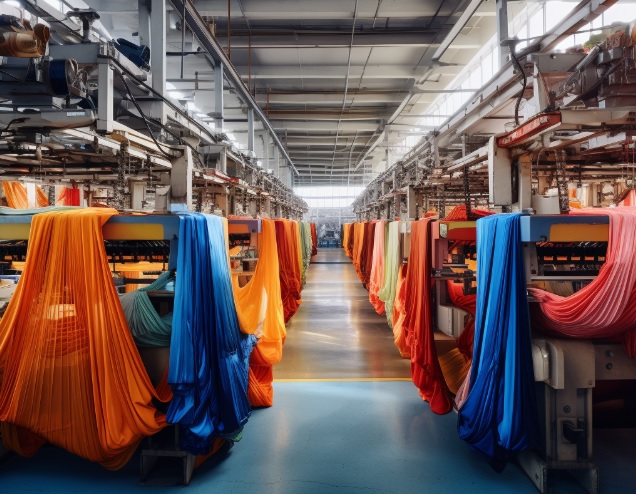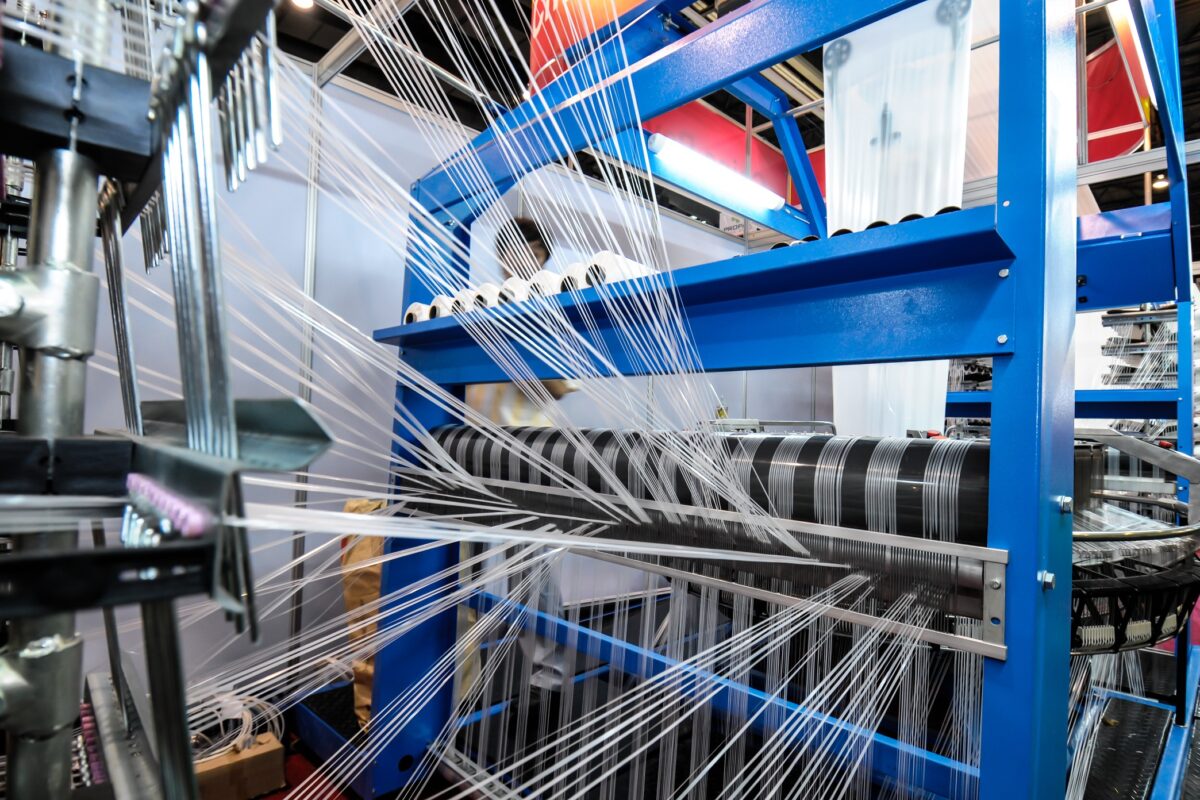
The Chinese textile industry, a behemoth in the global market, has weathered a dynamic year in 2024. Recent reports and data released by the CCF Group, a leading authority on the Chinese textile sector, shows the resilience, adaptation, and shifting trends across China’s fiber, yarn, fabric, and apparel segments.
Performance overview
While the overall picture is complex, CCF Group data reveals a sector grappling with a cocktail of domestic and international pressures.
Growth slowdown: Compared to the robust growth seen in previous years, 2024 witnessed a moderation in production and export figures. This is largely attributed to a slowdown in global demand, particularly from key markets like the US and Europe.
Shifting domestic consumption: While export markets softened, domestic consumption showed signs of recovery, driven by a growing middle class and government initiatives to boost internal spending.
Raw material volatility: Fluctuations in raw material prices, especially cotton, impacted production costs and profitability across the industry.
Sustainability concerns: Increasingly, both consumers and regulators are demanding greater environmental and social responsibility from textile producers. This is pushing the industry towards sustainable practices and circular economy models.
Table: Segment-wise production
|
Indicator |
2024 |
2023 |
2022 |
|
Fiber Production (million tons) |
58.2 |
56.5 |
54.1 |
|
Yarn Production (million tons) |
45.8 |
44.1 |
42.5 |
|
Fabric Production (billion sq m) |
76.5 |
74.2 |
71.8 |
|
Apparel Exports (billion USD) |
285 |
298 |
292 |
CCF Group data highlights significant variations in performance across different regions and textile clusters within China.
Yangtze River Delta: This region, home to major textile hubs like Shanghai and Jiangsu province, continued to lead in terms of production and innovation. However, it also faced challenges related to rising labor costs and environmental regulations.
Pearl River Delta: Guangdong province, a key player in apparel manufacturing, experienced a more pronounced impact from the slowdown in export demand.
Central and Western China: These regions, traditionally focused on cotton production and basic textiles, are attracting investment and witnessing growth in higher-value segments like technical textiles.
Xinjiang, a major cotton-producing region, faced continued scrutiny over alleged human rights abuses. This led to sourcing challenges for some international brands and gave a push to alternative cotton sources. However, CCF Group data suggests that Xinjiang maintained its dominance in domestic cotton supply, highlighting the complexities of decoupling from the region.
Looking ahead
CCF Group analysts suggest the Chinese textile industry will go through a period of transformation. Key trends to watch out for:
Technological upgrading: Investment in automation, AI, and advanced manufacturing will be crucial for enhancing productivity and competitiveness.
Sustainability focus: Circular economy models, reduced emissions, and ethical sourcing will become increasingly important for market access and brand reputation.
Domestic market expansion: Growing domestic consumption will offer new opportunities for textile and apparel companies.
The Chinese textile industry is navigating a challenging but evolving landscape. While 2024 did have its share of headwinds, the industry's long-term prospects remain strong, driven by innovation, domestic market growth, and a shift towards sustainable practices. CCF Group's data and analysis provide valuable insights for businesses and policymakers alike as they chart a course through the changing tides of the global textile market.












